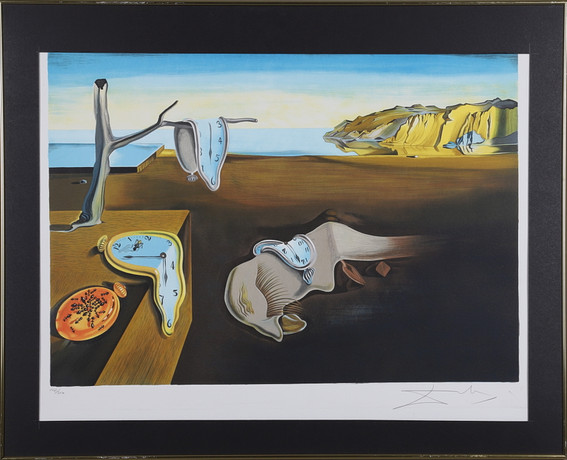
The Persistence of Memory”, color lithograph by Salvador Dali Source: https://auctionet.com/en/1371619-salvador-dali-the-persistence-of-memory-color-lithograph-signed-and-numbered-102-300
The Surrealist movement initially surfaced in France in 1924 as an offset from Dadaism. It was the poet Guilliame Apollinaire who first coined the term “Surreal” in reference to the idea of an independent reality, existing “beneath” our conscious reality. He coined the word for the play Les Mamelles de Tirésias performed in 1917. The word sparked the imagination of the French poet André Breton. He published his “Manifesto of Surrealism,” influenced by the theories and writings on the unconscious by psychologist Sigmund Freud and Carl Jung, and the early 20th– century Dada movement. This interest in the collective or individual subconscious was in many ways a result of the alienation from and disillusionment with humanity following the end of World War I.
While Surrealism started as a literary movement in the prose and poetry of Breton and others, visual artists such as Giorgio de Chirico, Pablo Picasso, Francis Picabia, and Marcel Duchamp embraced Surrealism and were recognized in Breton’s 1925 publication, “La Révolution Surréaliste.” One artist who crossed over from the Dadaist pond to surrealism was Max Ernst.
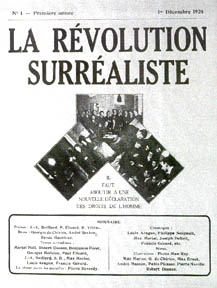
Front cover of first issue of La Révolution surréaliste, December 1924. Source: https://en.wikipedia.org/wiki/La_R%C3%A9volution_surr%C3%A9aliste
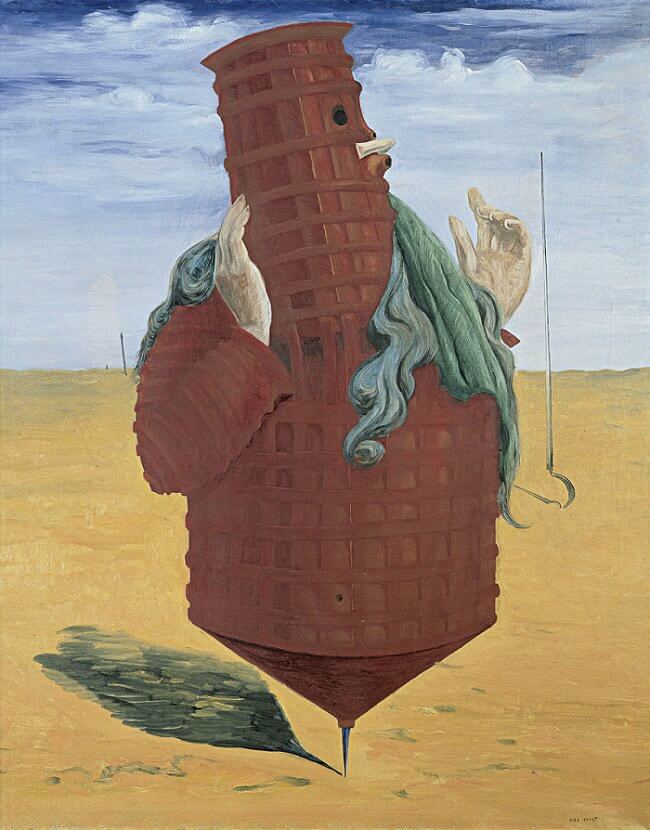
Ubu Imperator, 1923 – by Max Ernst, Source: www.Max-Ernst.com
A fundamental aspect of the Surrealist movement is a mode of expression called “automatism,” which involves the act of automatic or uncensored recording of the thoughts and images that emerge into an artist’s mind. It was Breton’s writing technique: write what comes spontaneously to your head, applied to pictorial artwork to release the mind’s imagination and unconscious thoughts, which was interpreted differently by each artist. With a focus on tapping into involuntary thought processes and interpreting dreams, Surrealist artwork is not limited to a specific artistic style or technique. Throughout the 1920s, visual artists continued exploring Surrealist concepts in art, seeking complete creative freedom. At the core of the Surrealist movement, was a sustained sense of revolt against the expected conventions of artistic practice.
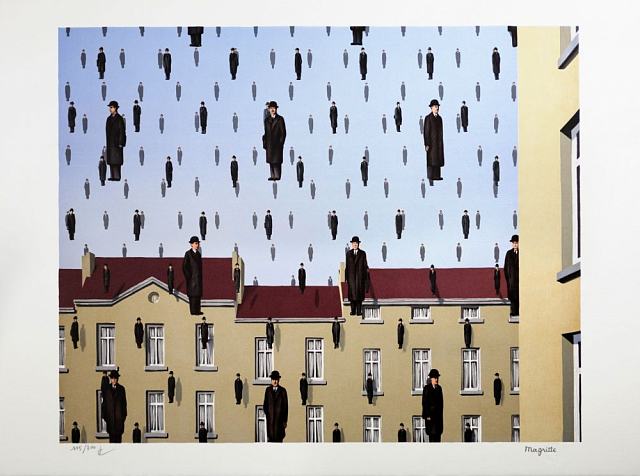
Rene Margritte, Golonde Source: https://www.artlimited.net/agenda/rene-magritte-the-machine-exhibition-madrid-spain/en/7583282
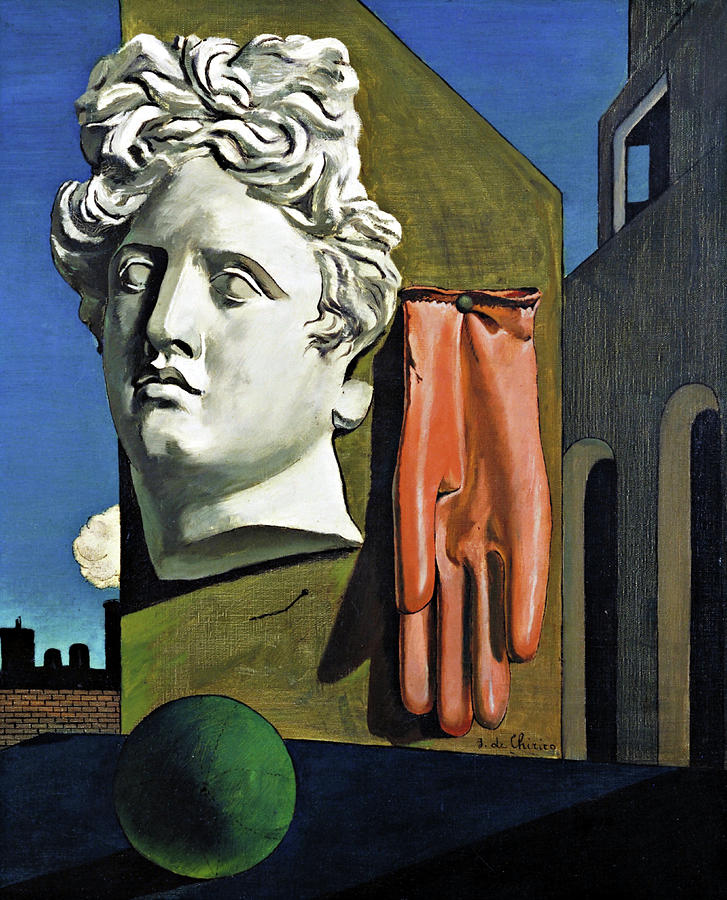
Love Song painted by Giorgio de Chirico in 1914. Source: https://pixels.com/featured/love-song-giorgio-de-chirico.html
The first-ever Surrealism exhibition, titled “La Peinture Surrealiste,” took place in 1925 at the Galerie Pierre in Paris, firmly establishing the visual components of the movement.
Surrealist artists were not confined to just one medium. Sculptures, painting, lithography, etching, film, photography, and other methods were all part of 1920s Surrealist art.
Many Surrealist artists also combined different artistic styles in a single work, exploring the presence of recognizable shapes paired with fluid, uncertain imagery to guide their viewers’ minds without providing concise explanations. The main goal for Surrealist artists was to embrace automatism and to release the mind’s imagination and unconscious thoughts, which was interpreted differently by each artist.
In 1930 Breton praised Dalí’s representations of the unconscious in the Second Manifesto of Surrealism.
Together with Magritte, Dali has become the most popular of the surrealists, though there have been many equally good contenders to this coveted position. Still, the world would not have been the same without Dali’s melting clocks, lobster telephone, stilettoed elephants and whatnot.
The Surrealist movement in Europe dissipated at the start of World War II, many Surrealist artists relocated away from its epicenter where the movement was reignited, influencing renowned visual artists throughout the 20th century.
Sources: